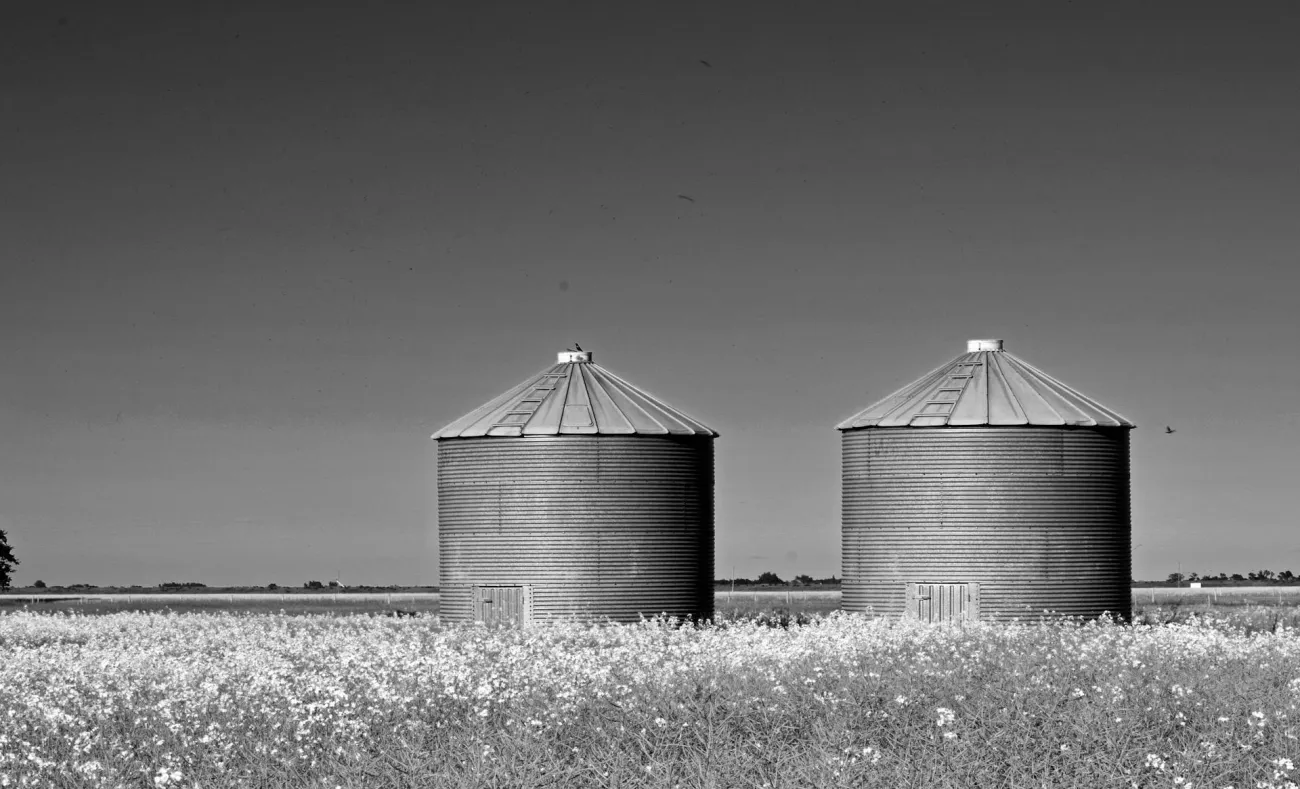A new study from International Institute for Applied Systems Analysis IIAS considers whether it is possible to reduce greenhouse gas (GHG) emissions from agriculture by producing more food on less land. It specifically focuses on the effects of crop yield and livestock feed efficiency scenarios on GHG emissions from agriculture and land use change in developing countries.

The results show that intensification often involves increasing fertilizer use which can lead to large emissions of nitrous oxide. Yield increases hold potential for mitigating some agriculture-related emissions growth over the next decades according to the study, but the results show that sustainable farming methods are key. These include the use of new varieties, improved rotations, integrated crop-livestock practices, and precision farming. Sustainable land intensification using these approaches would increase GHG savings by one-third when compared with a fertilizer intensive pathway.
The study analyzes the different productivity pathways and their associated mitigation potential using the global partial equilibrium model GLOBIOM. It finds that yield increases can not only increase food output but that closing yield gaps by 50% for crops and 25% for livestock by 2050 can decrease agriculture and land use change-related emissions by 8% overall, and by 12% per calorie produced. The paper emphasises that these findings particularly apply to developing countries where yields are often very low and where investing in better farming practices could lead to big benefits both in terms of food security and greenhouse gas emissions. The study found that increasing livestock yields was more effective at reducing greenhouse gas
Citation: Valin, H., Havlík P., Mosnier A., Herrero M., Schmid E., and Obersteiner M.. 2013. Agricultural productivity and greenhouse gas emissions: trade-offs or synergies between mitigation and food security? Environmental Research Letters. 16 July 2013.
Abstract
In this letter, we investigate the effects of crop yield and livestock feed efficiency scenarios on greenhouse gas (GHG) emissions from agriculture and land use change in developing countries. We analyze mitigation associated with different productivity pathways using the global partial equilibrium model GLOBIOM. Our results confirm that yield increase could mitigate some agriculture-related emissions growth over the next decades. Closing yield gaps by 50% for crops and 25% for livestock by 2050 would decrease agriculture and land use change emissions by 8% overall, and by 12% per calorie produced. However, the outcome is sensitive to the technological path and which factor benefits from productivity gains: sustainable land intensification would increase GHG savings by one-third when compared with a fertilizer intensive pathway. Reaching higher yield through total factor productivity gains would be more efficient on the food supply side but halve emissions savings due to a strong rebound effect on the demand side. Improvement in the crop or livestock sector would have different implications: crop yield increase would bring the largest food provision benefits, whereas livestock productivity gains would allow the greatest reductions in GHG emission. Combining productivity increases in the two sectors appears to be the most efficient way to exploit mitigation and food security co-benefits.
To read the paper, see here. For the press-release see here.




Comments (0)